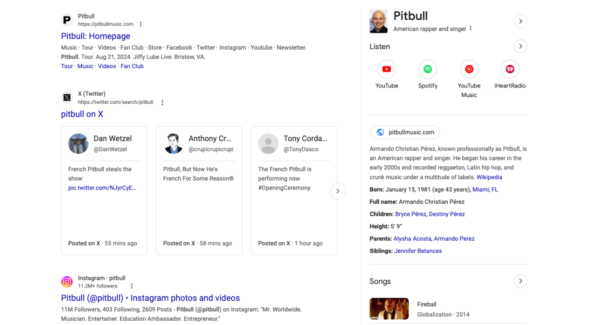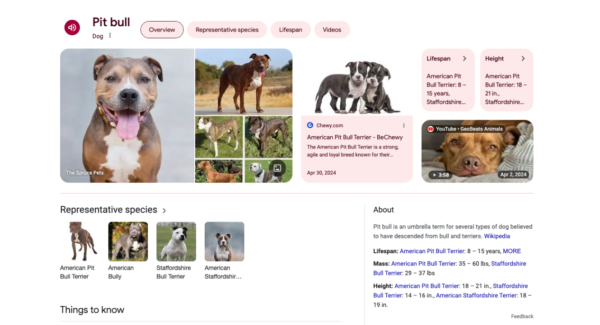SEO essentials for website content managers: Part one

Introduction
You don’t need to be an expert to make an impact. Anyone who manages web content can follow our advice to improve their website’s findability in Google and other search engines.
Get to know your users
At Pixo, we like to do a discovery phase before any big redesign effort. Discovery research guides our design and development work, allowing us to preserve budget and time for features that have confirmed use cases and value. Without the research, we’d be making guesses. We rely on insights from this phase to:
- Gain a well-rounded understanding of the problem we are trying to solve
- Assess the competitive landscape
- Understand the attitudes and challenges of the core audiences
- Understand challenges for internal content creation and maintenance
This research is crucial to the success of any website project, but it also supports a strong SEO strategy. Some of the research tasks that can be incredibly useful in improving SEO include:
- Audience interviews and/or usability tests
- Surveys to gather high-level information from large groups of users
- Competitive analysis
- Analysis of call or email logs
Understand your audience’s search intent
To build on your knowledge of your user base, consider following these steps to learn about their search intent:
First: Dig into search queries
Once you have done a bit of research and talked to your audiences, you should have some ideas for search queries. A search query is simply the string of text that someone types into search engines. You’ll want to examine each query for potential unintended interpretations and craft your query to fit your specific user interests and needs. Be aware of how suffixes, prefixes, and phrasing arrangement can alter meaning.
One funny example of how altering phrasing can impact search results significantly is the difference between “Pitbull” and “pit bull”.


Understand your audience's search intent part two
Once you have crafted a handful of good queries, you should plug them into Google and start to log the search intents that you see. You will have to read between the lines here and put yourself in the user’s shoes. Why would someone click on this? Ask yourself that for every result on the first page. Go further if you have time. Log these intents in a spreadsheet or in a platform or format you feel comfortable with. Hopefully, you’ll start to see some patterns.
Second: Map your intents to intent stages
Intent stages are high-level categories that can help you get organized as you attempt to fill in any content gaps on your website. The primary intent stages that you should know are:
- Informational—The intent here is to gather introductory information. The user is just dipping their toe in the waters of a topic.
- Comparison—The intent here is to compare two options, whether that’s products, pathways or philosophies. The user is trying to make a decision.
- Transactional—The intent here is to make a transaction or commitment of some sort. They might sign up for something, contact somebody, or make a purchase.
- Local—The intent here is to take action locally. This is only relevant to businesses and organizations with a local presence.
Try to map all of the intents you highlighted in Step 1 to one of these stages.
Third: Create a roadmap for future content
Identify any gaps in your existing website content and plan to formulate your new content to fit the stage it is in. When writing content for the informational intent, for example, you want to avoid selling anything. Reserve aggressive calls to action and sales language for pages that target the transactional intent. Comparison content often makes for great blog posts, and local content can often be found under the About sections.
Mine research artifacts for keywords
Refer back to your interview transcripts, survey submissions, and any other output from your user research for keywords. Pay attention to two things:
- What do they say they need, want, or are missing? Read between the lines. Can a monologue about a challenge or struggle tell you something about how to serve them?
- How they talk about what they need. What terminology do they use?
You want to mirror back to your users what they are asking for. Give them what they need and give it to them in a way they expect. This research should be ripe with keywords.
You’ll also want to refer to the search intent work you did and gather relevant keywords from search results you saw when testing queries. Prioritize words and phrases that are specific to what you offer and as narrow as possible. For example, “Pit bull Puppies” is probably not going to be super helpful. This keyword phrase is too broad and too competitive. However, “leash training pit bull puppy” is more specific and narrow, increasing the odds that your target audiences find your content and you rank higher on the results page.
Stay tuned for part two
This blog is part one of a three-part series to help content authors improve their SEO and nail the basics. If you’d like to chat more about content strategy or websites in general, contact us. We’d love to chat!